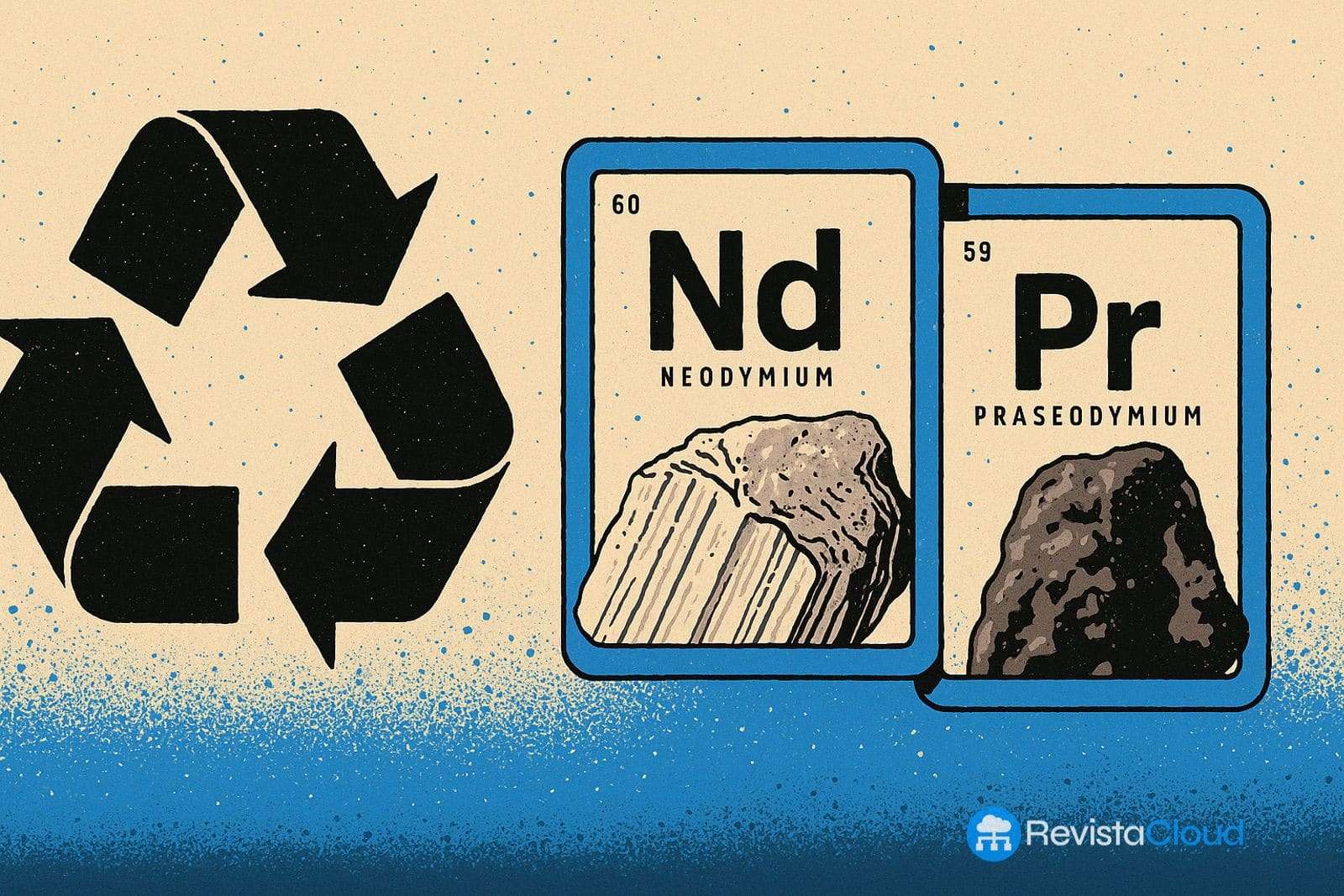China has expanded its export controls on rare earth elements and added new materials and processes to the restriction list. The measures — set to take effect in December — not only impact items like holmium, thulium, erbium, and yttrium, but also the know-how on how they are transformed into high-performance magnets. Framed by Beijing as a national security requirement, this move increases uncertainty around key supplies for computing hardware (such as HDD units, fan motors, and precision actuators), electric vehicles, robotics, and other sectors reliant on permanent rare earth magnets.
What changes with the new rules
- Expanded scope: Besides specific items (e.g., holmium, thulium, erbium, yttrium), the package includes technologies and processes related to their refinement and magnet manufacturing.
- Stricter licensing: Authorities anticipate denials when the end use is linked to defense or semiconductors.
- Enhanced traceability: foreign companies will need China’s approval to export magnets containing traces of Chinese-origin rare earth materials or that have been manufactured using Chinese extraction methods.
- Regulatory continuity: The package extends and strengthens measures announced in April, consolidating China — the leading global supplier — as a regulatory lever over a critical raw material.
Why it impacts consumer hardware (and beyond)
Rare earth-based permanent magnets (commonly neodymium-iron-boron, with additives such as holmium for thermal stability or coercivity) are ubiquitous in:
- HDDs: the read/write head actuator and, in some designs, motor components use high-performance magnets.
- Fans and motors for cases, liquid cooling pumps, and precision servomotors.
- Optical drives, sensors, lens actuators, and autofocus mechanisms.
- Beyond PCs: EVs, windscreens, robotics, appliances, and medical devices.
With China controlling much of the refining and manufacturing of rare earths, a more restrictive framework adds supply risks, compliance procedures, and potential logistical delays through 2025.
Specific risks introduced
- Compliance and traceability: manufacturers and distributors will need to document the origin and process of magnets — even those containing traces of Chinese material or produced with Chinese techniques — increasing administrative burden and costs.
- Refinement bottlenecks: alternative mining regions in U.S., Australia, or Europe exist, but the bottleneck usually lies in separation and refinement, where China maintains capacity and cost advantages.
- Project timelines: sectors with long cycles (storage, automotive, energy) might replan supplier certifications and safety stock to accommodate regulatory windows.
- “End-use license” effect: any component destined for defense or semiconductors is more likely to face denial, prompting sourcing from outside China or redesigning with alternative magnets.
What are short-term alternatives?
- Magnet substitution: for high-density and thermal stability applications, replacements (ferrites or other compounds) generally increase weight/volume or reduce performance. In low-end fans or pumps, there might be some margin; in HDDs and precision mechanisms, difficulties usually require redesign.
- Geographic diversification: Lynas (Australia) and other players have expanded refining capabilities outside China, but rapidly scaling to meet global spikes is not trivial.
- Design for resilience (DfR): some OEMs are already considering dual sourcing of magnets, strategic stockpiling, and contracts with alternative origin clauses.
Potential effects on prices and availability
The impact will vary. Low-margin, high-volume components (commodity fans, economical pumps) could experience price pressures if supply isn’t quickly compensated. In HDDs, where elasticity is lower due to precision needs, industry may prioritize certain lines or customers, with longer lead times if export licenses or traceability become more complicated. For consumer PCs, the final effect depends on how OEMs absorb costs into their BOM and logistics.
What should procurement and compliance teams watch for?
- Origin clauses in magnet and sub-assembly contracts (fans, motors, actuators).
- Conformance certificates and document trail from the supplier (materials, processes, refining location).
- Backup plan: having at least one supplier not exposed to Chinese material or processes when the end use involves defense or semiconductors.
- Inventory review: increase safety stock of critical families during the implementation window (December).
- Technical evaluation of alternative magnets (composition, coercivity, temperature tolerance) for less sensitive fans and mechanisms.
Geopolitical signal: mirror of chip controls
Beijing justifies the measure as defense of national security, in symmetry with the US restrictions on semiconductor exports and lithography tools to China. Practically, the message is that key materials for energy and digital transitions —rare earths, graphite, gallium, germanium, and now magnet technology— are integrated into the geopolitical toolkit of both blocs. Industry will need to live with reciprocal controls and selective licenses for an extended period.
Frequently Asked Questions
Will this affect all HDDs and PC fans?
Not immediately or equally. It will depend on the origin of the magnet in each product and whether the supplier can certify that the material/process is not subject to Chinese licensing. Low-margin ranges may experience costs or delay pressures.
When do the new restrictions come into force?
In December. Expect a license rush and logistical adjustments in Q4 to avoid disruptions at the start of 2026.
Can manufacturers switch to magnets without rare earths?
Yes, for lower-demand applications (with trade-offs in size/payload/performance). In HDDs and high-precision mechanisms, substitution generally requires redesign and requalification.
What can end buyers do?
Short-term, little more than monitor availability and avoid speculation. For integrators and OEMs, priority should be tracing, diversifying suppliers, and stockpiling critical parts before the regulation kicks in.
via: tomshardware

